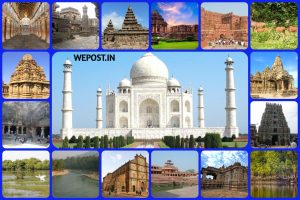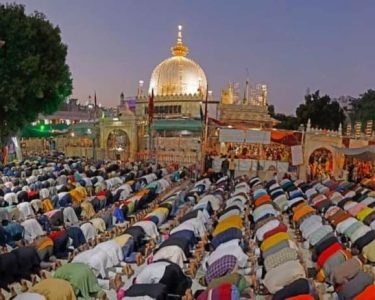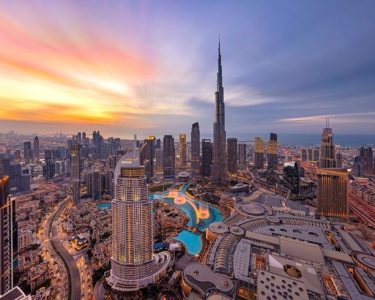Cultural heritage tours have become an increasingly popular sector within the global tourism industry. They offer an enriching experience, allowing travelers to explore the historical, artistic, and cultural narratives of various destinations. However, the rising demand for such tours brings forth a significant challenge: balancing the benefits of tourism with the need to preserve cultural heritage. This article delves into the complexities of this balance, examining the economic, social, and environmental impacts, and proposing strategies to ensure sustainable tourism practices.
Growth of Cultural Heritage Tourism
The economic benefits of cultural heritage tourism cannot be overstated. It generates revenue for local economies, creates jobs, and supports the maintenance of cultural sites. For instance, UNESCO World Heritage Sites often experience a surge in tourism, leading to increased funding for preservation efforts. However, the influx of tourists can also lead to inflated prices and the commercialization of cultural assets, which may undermine the authenticity of the experience.

Social Impacts
Cultural heritage tours foster a sense of pride among local communities and promote cultural exchange and understanding. They provide an opportunity for locals to share their history, traditions, and way of life with a global audience. However, there is a risk of cultural exploitation and the erosion of traditional practices when tourism is not managed responsibly.
Environmental Impacts
The environmental footprint of cultural heritage tourism is another critical concern. Increased foot traffic can lead to the deterioration of historical sites, while the development of tourism infrastructure may disrupt local ecosystems. Sustainable tourism practices are essential to mitigate these impacts and ensure the long-term preservation of cultural heritage.
Preservation Challenges
One of the most pressing issues in cultural heritage tourism is overcrowding. Popular sites often struggle to accommodate the sheer number of visitors, leading to wear and tear on structures and artifacts. Measures such as visitor caps, timed entry, and advanced booking systems can help manage overcrowding.
Funding and Resources
Adequate funding and resources are crucial for the preservation of cultural heritage sites. While tourism can provide financial support, it is often insufficient to cover the extensive costs of maintenance and restoration. Public-private partnerships and international cooperation can play a vital role in addressing these funding gaps.
Cultural Sensitivity
Preserving the integrity of cultural heritage requires a deep understanding of the cultural context and the values of the local community. Tourism practices must be culturally sensitive and respectful, avoiding the commodif ication of cultural assets. Engaging local communities in the planning and management of tourism activities is essential to ensure their voices are heard and their heritage is protected.
Preservation and Tourism
Sustainable tourism practices are key to balancing preservation and tourism. These practices include minimizing environmental impact, supporting local economies, and promoting cultural sensitivity. Certification programs, such as the Global Sustainable Tourism Council (GSTC) criteria, provide guidelines for sustainable tourism operations.
Community Involvement
Engaging local communities in the tourism process is crucial for preserving cultural heritage. Community-based tourism initiatives empower locals to manage and benefit from tourism activities while ensuring that cultural practices are respected and preserved. Capacity-building programs can equip communities with the skills and knowledge needed to manage tourism sustainably.
Technological Innovations
Technology can play a significant role in preserving cultural heritage while enhancing the tourist experience. Virtual reality (VR) and augmented reality (AR) offer innovative ways to explore cultural sites without physical impact. Digital archives and virtual tours can provide access to cultural heritage for those unable to visit in person, reducing the strain on physical sites.
Policy and Regulation
Effective policy and regulation are essential for balancing preservation and tourism. Governments and international organizations must develop and enforce regulations that protect cultural heritage while promoting sustainable tourism. This includes setting limits on visitor numbers, regulating commercial activities, and ensuring that tourism revenues are reinvested in preservation efforts.

Case Studies
Machu Picchu is a prime example of the challenges and successes in balancing preservation and tourism. The site faces significant pressure from tourism, with over a million visitors annually. In response, the Peruvian government has implemented measures such as visitor caps, timed entry slots, and mandatory guided tours to manage the impact on the site.
Conclusion
Cultural heritage tours offer a unique opportunity to explore the rich tapestry of human history and culture. However, the increasing popularity of these tours necessitates a careful balance between preservation and tourism. By adopting sustainable tourism practices, engaging local communities, leveraging technological innovations, and implementing effective policies and regulations, it is possible to protect cultural heritage for future generations while providing meaningful and enriching experiences for travelers.




